Passive optical components market is propelled by the accelerating bandwidth requirements coupled with the growth of passive optical network (PON). Usage of passive optical components to obtain energy efficient network solutions is gaining popularity. This article will introduce some Fiberstore passive optical components.
Optical Attenuators: an optical attenuator is a device that is used to reduce the power level of an optical signal. Optical attenuators are commonly used in fiber optic communications, either to test power level margins by temporarily adding a calibrated amount of signal loss, or installed permanently to properly match transmitter and receiver levels.
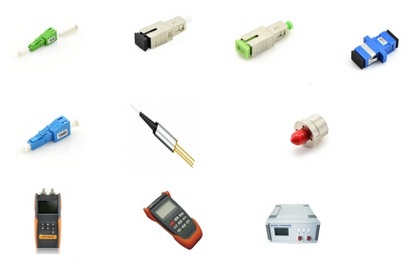
Optical Circulator: an optical circulator is a multi-port (minimum three ports) non-reciprocal passive component. The function of an optical circulator is similar to that of a microwave circulator — to transmit a light wave from one port to the next sequential port with a maximum intensity, but at the same time to block any light transmission from one port to the previous port.
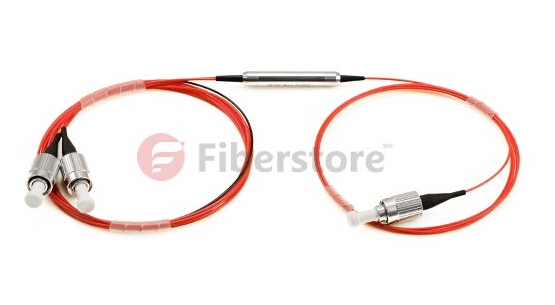
Fiber Collimator: a fiber collimator is a device for collimating the light coming from a fiber, or for launching collimated light into the fiber. It is used to expand and collimate the output light at the fiber end, or to couple light beams between two fibers. Both single-mode fiber collimators and multimode fiber collimators are available.
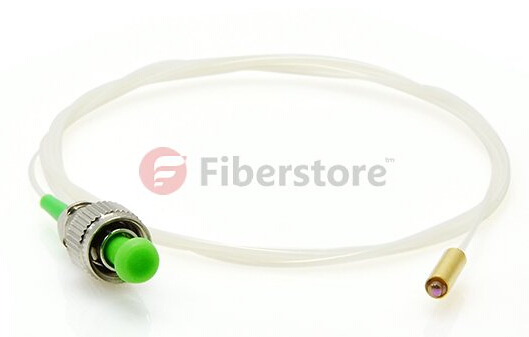
Optical Isolator: an optical isolator is a passive optical component that allows light to propagate in only one direction. Optical isolators are typically used to protect light sources from back reflections or signals that can cause instabilities and damage. The operation of optical isolators depends on the Faraday effect, which is used in the main component, the Faraday rotator.
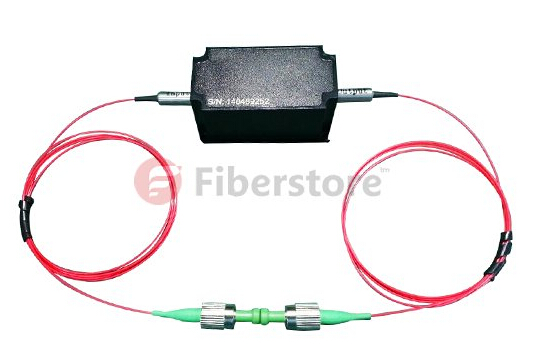
Fiber Optic Sensor: a fiber optic sensor is a sensor that uses optical fiber either as the sensing element (intrinsic sensors), or as a means of relaying signals from a remote sensor to the electronics that process the signals (extrinsic sensors). Fiber optic sensors are immune to electromagnetic interference, and do not conduct electricity so they can be used in places where there is high voltage electricity or flammable material such as jet fuel.
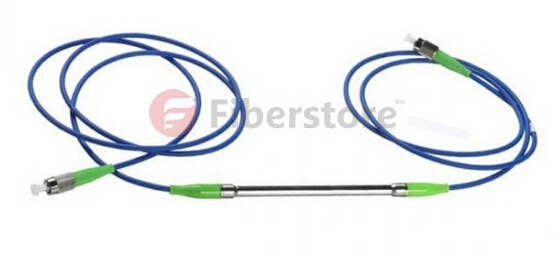
Pump Combiner: a pump combiner is a passive optical component built based on fused biconical taper (FBT) technique. Pump combiners are widely used in fiber laser, fiber amplifier, high power EDFA, biomedical and sensor system etc. Three types of pump combiners are available: Nx1 Multimode Pump Combiner, (N+1)x1 Multimode Pump and Signal Combiner, PM(N+1)x1 PM Pump and Signal Combiner.
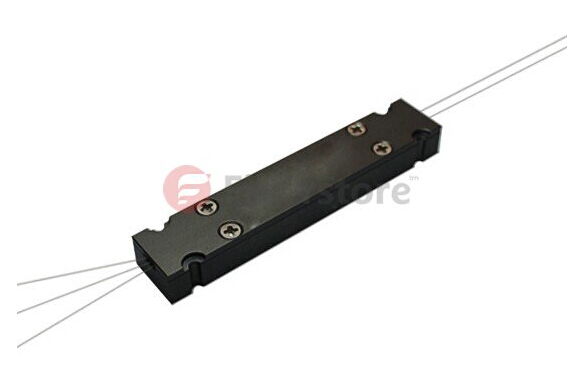
Polarization Components: polarization is the state of the e-vector orientation. Polarization components are used to isolate and transmit a single state of polarized light while absorbing, reflecting, and deviating light with the orthogonal state of polarization. Polarization components can be utilized in high power optical amplifiers and optical transmission system, test and measurement.
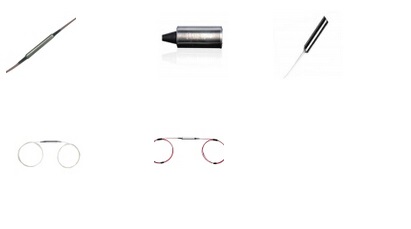
Fiberstore has all of the above passive optical components with high quality and reasonable price. You can select excellent passive optical components or other optical products for your network at www.fs.com.
